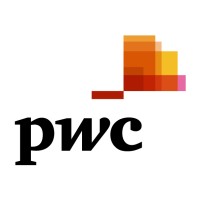
Mercer
At Mercer, we believe in building brighter futures. Together, our 25,000 employees in over 130 counties are helping redefine the future of work, reshape retirement and investment outcomes, and unlock real health and well-being. For over 75 years, we’ve provided trusted advice and solutions to build healthier and more sustainable futures for our clients, colleagues and communities. Balancing economics and empathy in our approach, we work side by side with you to find solutions to benefit your people and your business. By turning ideas into actions that spark positive change, we help you enrich employees’ lives and careers and drive innovation, progress and performance. Mercer is a business of Marsh McLennan. Get to know us better: Click the “learn more” button at the top of the page to discover everything we do to help you meet the needs of today and tomorrow. Follow us on Twitter at @Mercer.






